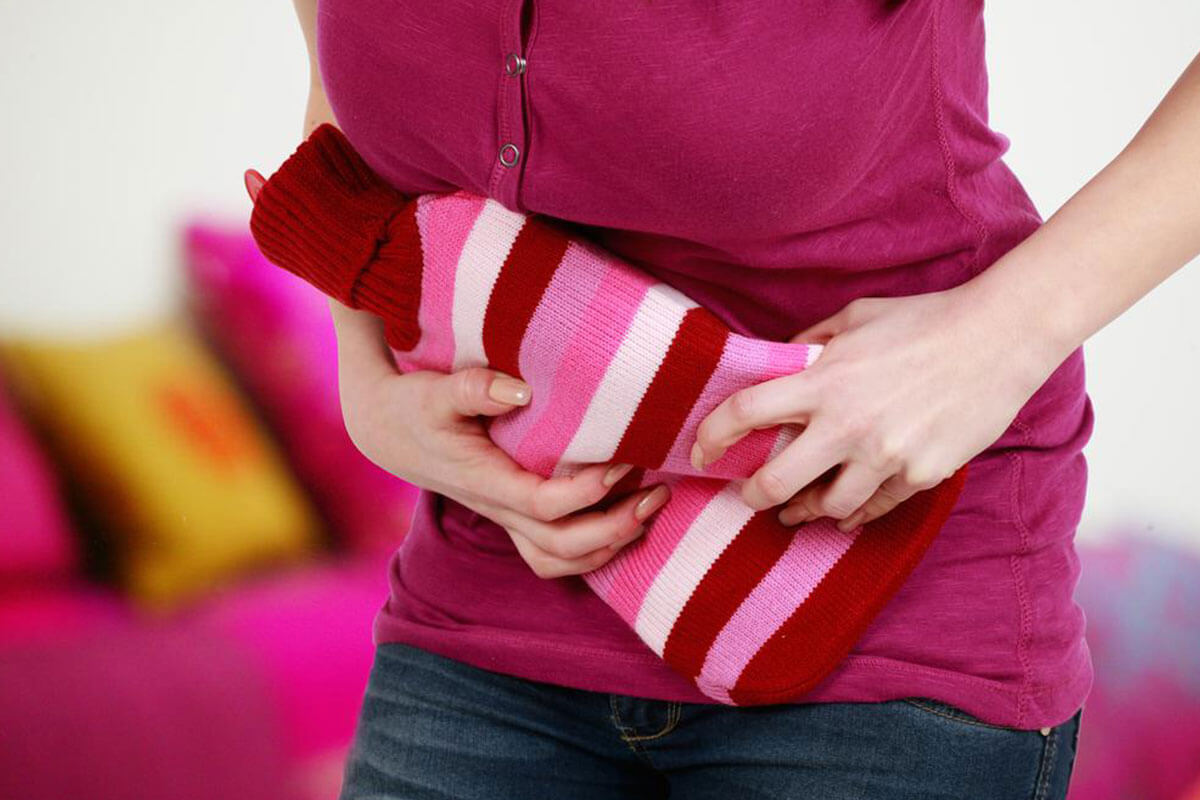Do You Suffer from These Bladder Control Problems in Women?
Do not just live with urinary incontinence – learn what causes it so you can improve bladder control problems in women.
If you think that urinary incontinence is a problem that only older women and men deal with, think again. Bladder control problems in women are common, and they affect women of all age groups.

However, the truth is that more than 13 million people in the United States have incontinence issues. Bladder control problems in women are twice as likely as men. According to the Agency of Healthcare Research and Quality, 30 percent of young women suffer incontinence. The rates of bladder control problems in women increase with age, with 40 percent of middle-aged women, and 50 percent of older women suffering from urinary incontinence. Bladder control problems in women affect quality of life on multiple levels. It affects your emotional wellbeing, sexuality, as well as body image. The problem is that many never seek medical help for bladder control problems in women. They assume that this problem is just a normal part of life after delivering children or once menopause starts, but it is not. It is a medical problem like any other. Once you know the type of bladder control problems in women you have, you can seek effective medical help to improve your quality of life.
Types of Bladder Control Problems in Women
Simply speaking, when you cannot control the release of your urine, you are suffering from urinary incontinence or bladder control problems in women. Some women may have mild issues with leaks happening now and then, while others may be dealing with an overactive bladder that makes them wet their clothes. The treatment for bladder control problems in women depends on the type of incontinence they are suffering from. These are the primary types of bladder control problems in women to watch out for.
- Overflow Incontinence
Overflow incontinence is the reason why you feel a constant or frequent dribbling of urine. If you have trouble emptying your bladder completely every time you visit the bathroom, you may be suffering from overflow incontinence. In general, people with malfunctioning bladder muscle contractions, bladder obstructions, etc. may face this type of bladder control problems in women. It could be a result of certain medications or nerve damage from diabetes and other conditions.
- Stress Incontinence
Stress continence is characterized by small leaks that happen when you laugh, sneeze, or cough. This is basically because that type of physical stress puts too much pressure on the bladder. This type of bladder control problems in women can happen due to a pregnancy and childbirth resulting in stretched or damaged pelvic floor muscles. This could also happen due to aging, obesity issues, as well as high-impact sports.
- Urge Incontinence
Urge incontinence also goes by the name of overactive bladder. This condition is a little different from stress incontinence. In urge-related bladder control problems in women, you may feel the urgent need to rush to the bathroom, often followed by an involuntary release of urine. Urge incontinence generally happens due to the irregular spasms of bladder muscles, and you may have less than a minute’s warning. Medical conditions such as multiple sclerosis, Parkinson’s, and urinary tract infections are likely to cause this type of bladder control problems in women.
- Mixed Incontinence
Mixed incontinence is when you are suffering from more than two types of bladder control problems in women. In general, this includes a mix of stress and urge incontinence.
Talking about your bladder problems may not be easy for some people. However, the truth is talking about bladder control problems in women and zeroing in on the type of incontinence is the first step to finding effective solutions. Find a doctor who is skilled in handling bladder control problems in women, and do not worry about shocking or embarrassing your health professional. Get the help you need to improve your quality of life.











